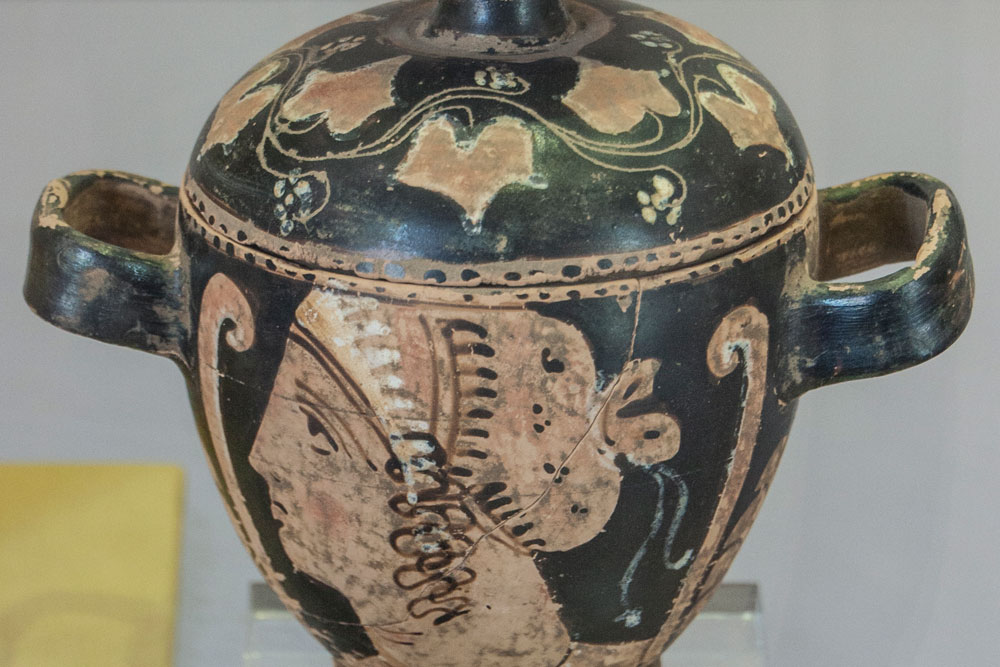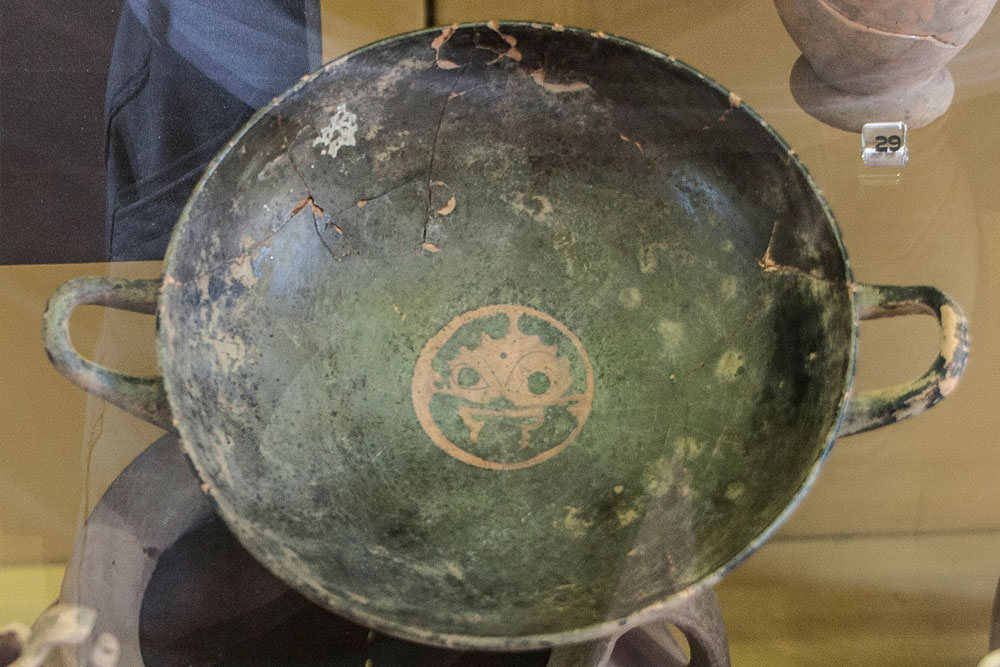The antiquarium named after Domenico Ryolo is located inside a prestigious restaurant: the east wing of the Spanish Quarter, a building that was part of the defensive system built in the '500 to block the access to the Castle.
Initially the District consisted of a door incorporated into a tower (both demolished in 1930) which was flanked by two rectangular buildings, used as stables, in the ground floor, and military housing, on the first floor.
Antiquarium “Domenico Ryolo”
According to Piaggia, the project of the military quarter is attributable to Camillo Camilliani and the date of the beginning of the works dates back to 1585 ca. . The east wing is divided into ten rooms, communicating through a series of arched passages. The time line is divided into three large sections: pre and protohistoric, Greek and finally Roman-Byzantine.
After an introduction of a territorial and geological nature exposed in special educational panels, begins the prehistoric and protohistoric section that occupies rooms 1-5.

Ceramics of Corinthian, Attic (with black figures and red figures), colonial (black painted ceramics, bands and immersion ceramics) but also everyday objects that were reused for the burial of children (amphorae, hydras, oxes and pots). Room 8 is entirely occupied by a didactic reconstruction of the most attested burial types over the centuries. In the following room 9, still dedicated to the Hellenistic necropolis, we find the clay models of a boat dating back to the third century. a.c. and coming from a funeral kit that also included a goose-shaped vase.

The Roman-Byzantine section (room 10) houses the finds found in the area of the imperial town in contrada Vaccarella; among the finds there are amphorae transport (I sec. a.c.- I sec. d.c.) with remains of fish sauce, found inside a storage. On the wall there is an interesting although incomplete Latin inscription of the early imperial age. Finally we find kits from the strip of late-ancient/proto-Byzantine necropolis of via Cumbo Borgia that include in addition to commercial amphorae, some precious bracelets in worked bone, glass ampoules and small lamps.